The Portuguese water dog is robustly built with strong legs, they can have a wavy coat or a curly coat and they're medium-sized with the male dog measuring some 17-21 inches in height and weighing between 39 and 60 pounds and the female bitch measuring 16-21 inches and weighing 33-53 pounds. Their coats can be black or brown, neither of which are allowed have white patches. They have a single layered coat that does not shed, as a result of which some people have referred to this dog as hypoallergenic, because people with dog allergies do not tend to react to this breed.
History. This is a relatively ancient breed having originated probably somewhere around the 12th century. It was originally bred to assist fishermen and is fairly unique in the work it was designed to carry out. Tasks they were bred for ranged from retrieving tackle that had fallen over the side of fishing boats, or washed overboard, to retrieving any fish that jumped free of the nets or fishing lines. Other tasks were as a lifesaver, and they were even used for carrying items from one boat to another or even to the shore line. Quite uniquely, they are not only a strong swimmer, but they can also dive under the water if required to do so. There is also thought, that these dogs share an ancestry with poodles, although the Portuguese water dog has a shorter coat. The first historical evidence of this dog can be seen in a monk's account, of a drowning sailor having been rescued, by one in 1297. Many years ago this breed teetered on the edge of extinction, but in the 1930s a Por!
tuguese shipping tycoon hunted out the existing dogs and via his breeding programme saved them.
Temperament. They make a superior companion given their intelligence and loving nature, and whilst an independent dog, they are still relatively easy to train in a variety of skills. They are friendly in their disposition and will get on well with friends or strangers once properly introduced. Typically, they will bond with one person although will be quite happy with an entire family, they will commonly stay fairly close to their master or mistress. These dogs do enjoy stroking and petting and their fur is such that most people would have no problem accommodating this desire. They will often jump up to greet people, so thought should be given to this during training, and that it is not uncommon for them to walk or dance on their hind legs.
Health issues. As with all thoroughbreds they are subject to certain genetic disorders, because of their near extinction their gene pool is fairly limited, making it hard to avoid these problems. There is the possibility of a life threatening heart defect, but this is quite rare. More commonly they suffer the risk of hip dysplasia, cataracts, night blindness, and in-growing eyelashes, which cause eye irritation.
Grooming. Regular grooming is required using a normal brush or comb, but due to the fact that their hair is continually growing they will require quite frequent cutting or clipping, which can be done at home but is always better professionally done at a salon.
Living conditions. This breed has an obstinate and determined nature, which should be remembered during training, to avoid problems in later life. It enjoys games and can sometimes appear to be impossible to wear out or tire. They can be easily integrated into a family, although they will need to know who is boss. Whilst a very hardy breed of dog, they will prefer mildly warm weather and a well ventilated atmosphere. It is unlikely they would do well in an apartment, due to their boisterousness and general need of exercise.

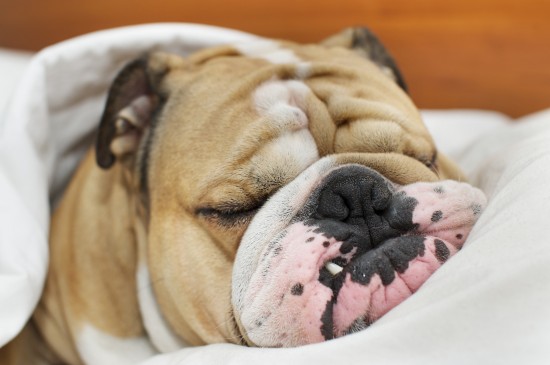 Dealing With Canine Nightmares
Dealing With Cani
Dealing With Canine Nightmares
Dealing With Cani
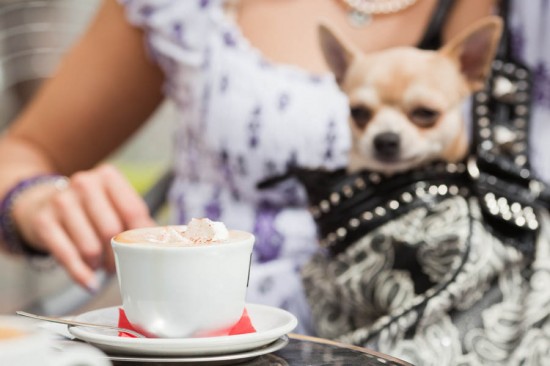 ‘handbag’ Dogs- Why You Should Never See Your Pet As A Fashion Accessory
‘handbag’ Dogs- W
‘handbag’ Dogs- Why You Should Never See Your Pet As A Fashion Accessory
‘handbag’ Dogs- W
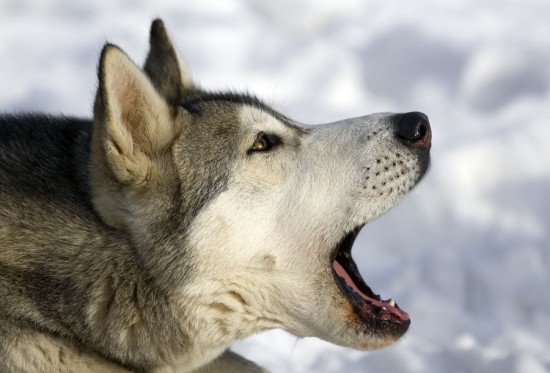 Why Do Dogs Bark?
Why Do Dogs Bark?
Why Do Dogs Bark?
Why Do Dogs Bark?
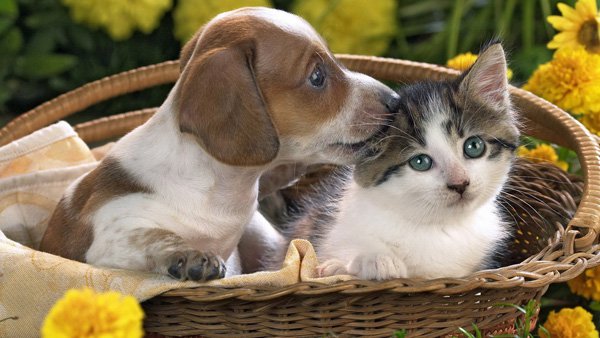 The Best Chance for Lost Pet Recovery With Pet Recovery Microchip
The Best Chance for Lost Pet Recovery With Pet Recovery Mi
The Best Chance for Lost Pet Recovery With Pet Recovery Microchip
The Best Chance for Lost Pet Recovery With Pet Recovery Mi
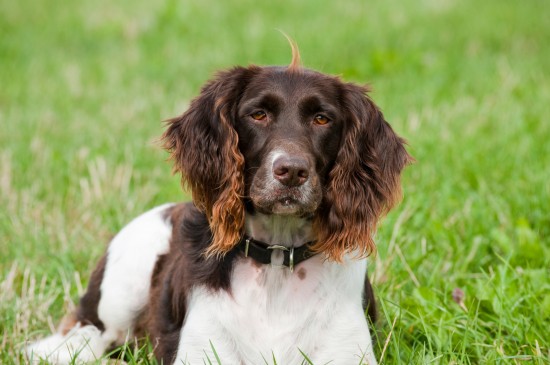 10 Faqs About The Mismate Injection
10 Faqs About The
10 Faqs About The Mismate Injection
10 Faqs About The